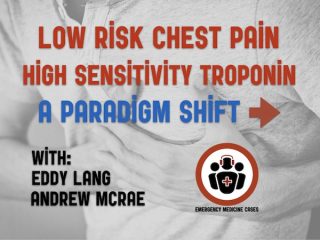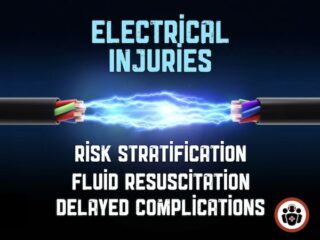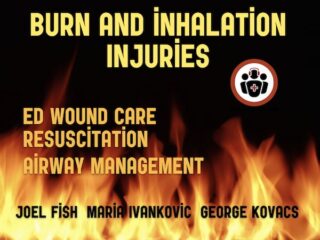EM Cases Main Episodes are round table in-depth discussions with 2 or more EM Cases guest experts, inherently peer reviewed, and edited for a podcast.
Ep 131 PEA Arrest, PseudoPEA and PREM – With Simard and Weingart
Rob Simard of POCUS Cases fame and Scott Weingart go beyond ACLS and guide you through the complex world of PEA. We discuss that the palpation technique is poor at determining whether or not a patient has a pulse, that the POCUS pulse is more accurate and as rapid compared to the palpation technique at determining whether or not a patient has a pulse, the difference between true PEA arrest, PseudoPEA and PREM, why epinephrine may be harmful in PEA, Weingart's chain of survival approach from PEA arrest to ROSC, four tools to help differentiate true PEA arrest from PseudoPEA, how to prevent long pauses in chest compressions using POCUS, EM Cases PEA arrest and PseudoPEA suggested dynamic algorithm, vasopressor choices in PseudoPEA, whether the "QRS wide vs narrow width" approach to PEA arrest underlying cause is useful or not and much more...









